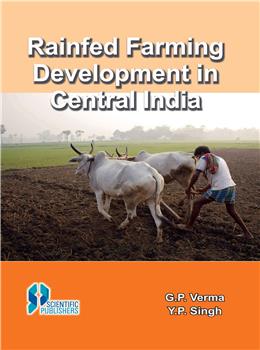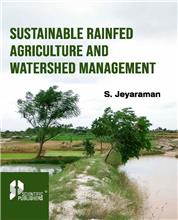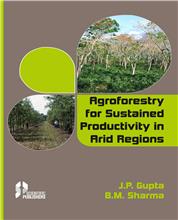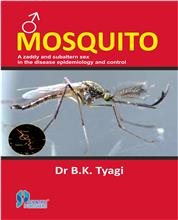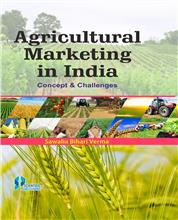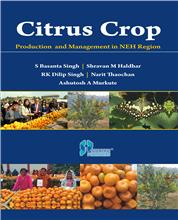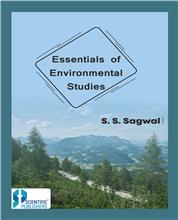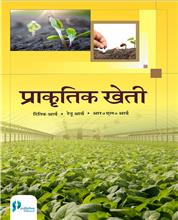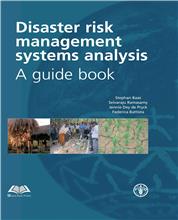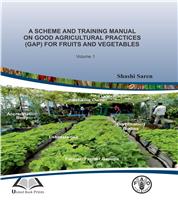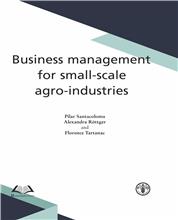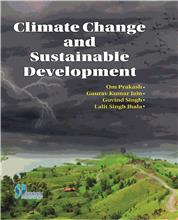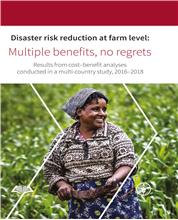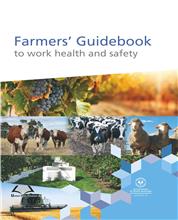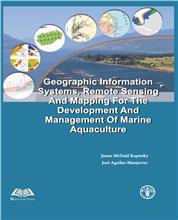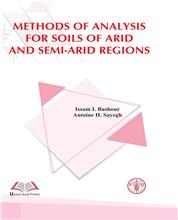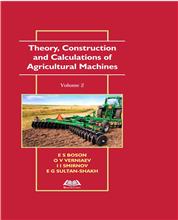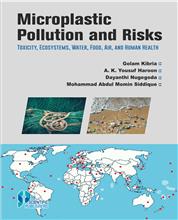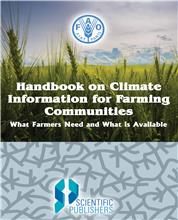1. PROBLEMS AND PROSPECTS OF RAINFED FARMING
1.1 Rainfed Farming versus Dry Farming
1.2 Importance of Rainfed Farming
1.3 History of Rainfed Farming in India
1.4 Great Potential
1.5 Problems of Rainfed Farming
1.6 Early Research Efforts
1.7 Establishment of Soil Conservation Research Centres
1.8 Initiation of All India Coordinated Research Project on Dryland Agriculture and its Development Phases
2. PRESENT STATUS AND STRATEGY
2.1 Land and Rain-water in Central India
2.2 Present Land and Rain-water Management Practices
2.3 Present Cropping Pattern and Practices
2.4 Low Yields of Rainfed Crops
2.5 Present Cropping Pattern Inappropriate
2.6 Low Yields of Wheat and Paddy
2.7 Chronically Drought Affected Areas
2.8 Strategy of Rainfed Farming Development
3. LAND AND WATER RESOURCES
3.1 Land Resource
3.2 Water Resources
3.3 Climate
3.4 Crop Zones
3.5 Agro-climatic Zones
4. WATERSHED BASED RAINFED FARMING DEVELOPMENT
4.1 Rational Approach for Development of Rainfed Farming
4.2 What is a Watershed?
4.3 Why Watershed Approach?
4.4 Classification of Watersheds
4.5 What is Watershed Management?
4.6 Watershed Planning
4.7 Preparation of Watershed Development Plan
4.8 Implementation of Watershed Development Projects
4.9 Case Study of Operational Research Project, Indore
4.10 Other Pioneer Projects
4.11 Growth of Watershed Programmes
4.12 Projects Implemented by State Agriculture Universities
4.13 Projects implemented by Central Soil and Water Conservation Research and Training Institute Centre, Datia (MP)
4.14 Projects Implemented by State Governments
4.15 Projects Implemented by NGOs
4.16 Conclusion
5. LAND AND WATER MANAGEMENT PRACTICES
5.1 In-situ Water Conservation
5.2 Land and Water Management to Control Soil Erosion
5.3 Management of Slopy Land
5.4 Stabilization of Washes
5.5 Gully Control and Reclamation
5.6 Ravine Reclamation
5.7 Gabion Structures for Stabilization of Waterways and Gully Control
5.8 Grassed Waterways
5.9 Moderately Slopy Land with Medium and Deep Soil
5.10 Soil Conservation by Vegetative Cover
5.11 Agronomical Practices
5.12 Management of Flat Land
6. IMPROVEMENT OF PRODUCTIVITY OF RAIN WATER
6.1 Rain-water a Very Precious Gift of Nature
6.2 Plenty of Rain-water
6.3 Availability of Rain-water
6.4 Strategy of Rain-water Management
6.5 Present Productivity of Rain-water
6.6 Increasing Productivity of Rain-water
6.7 Run-off Collection and Recycling
6.8 Rainfall and Run-off
6.9 Practices of Water Harvesting/Run-off Collection
6.10 Site of Tanks and Farm Ponds
6.11 Design of Tank
6.12 Specifications for Malwa Region
6.13 Siltation of Tanks/Farm-ponds
6.14 Conservation of Stored Water
6.15 Recycle of Collected Run-off
6.16 Run-off Recycling and Productivity of Rice
6.17 Farm-pond/Tank Based Intensive Farming Systems
6.18 More Intensive Pond-based Integrated Farming Systems
7. CROPPING SYSTEMS AND MANAGEMENT PRACTICES
7.1 Untapped Yield Reservoir of Dry-land Crops
7.2 Appropriate Cropping System
7.3 Improved Package of Practices
7.4 Recommendations for Different Agro-climatic Regions
8. PLANNING FOR ABERRANT WEATHER CONDITIONS AND DROUGHT MANAGEMENT
8.1 Aberrant Weather
8.2 Early Onset of Monsoon Followed by a Gap and Early Withdrawal
8.3 Early Onset of Monsoon without Gap but Early Withdrawal
8.4 Early Onset of Monsoon Without Big Gap but Late Withdrawal
8.5 Normal Onset Without Gap but Early Withdrawal
8.6 Normal Onset with a Big Gap and Late Withdrawal
8.7 Late Onset of Monsoon Without Big Gap but Early Withdrawal
8.8 Late Onset of Monsoon with a Big Gap and Late Withdrawal
8.9 How to Start
8.10 Advance Actions and Precautionary Measures
8.11 Selection of Crops
8.12 Selection of Crop Varieties
8.13 Rainfed Crops for High Moisture Regime Areas
8.14 Date of Sowing
8.15 Drought Prone Areas
8.16 What is Drought?
8.17 Drought Management
8.18 Long Term Measures or Preventive Steps
9. FARM MACHINERY AND IMPLEMENTS
9.1 Tillage
9.2 Various Tillage Systems
9.3 Conventional Tillage vs. Minimum Tillage
9.4 Tillage Implements
9.5 Seeding and Planting Implements
9.6 Bullock Drawn Seeding Equipment
9.7 Tractor Mounted Zero-Till Seed-cum-Fertilizer Drill
9.8 Inter-culture Tools and Equipment
9.9 Harvesting Tools
9.10 Animal and Tractor Drawn Digger
9.11 Threshers
9.12 Other Equipment
10 INTEGRATED FARMING SYSTEMS FOR LIVELIHOOD SECURITY
10.1 Traditional Mixed Farming
10.2 Other Livestock Based Integrated Farming Systems
10.3 Bee Keeping
10.4 Lac Cultivation
10.5 Livelihood security through Mushroom Production
10.6 Farm-pond/Tank Based Integrated Farming Systems
10.7 Integrated Farming Systems for Livelihood Security in Rain-fed Micro-watersheds of Jharkhand
BIBLIOGRAPHY
